1. Cincinnati, Ohio
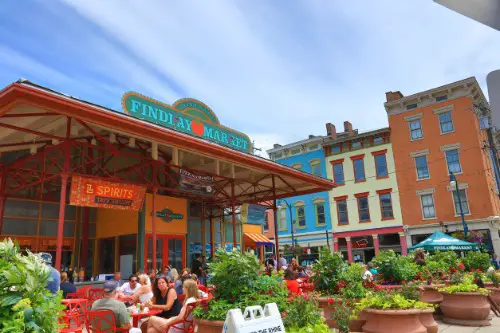
Cincinnati has gone through a foodie glow-up, and it’s about way more than chili these days, according to Sarah Tate from iHeart Radio. Neighborhoods like Over-the-Rhine have seen a culinary renaissance, with craft breweries, chef-driven restaurants, and hip cafes taking over once-empty storefronts. Places like Salazar, Sotto, and Please (now closed but still influential) helped redefine what Cincinnati dining could be. There’s also a deep love for heritage dishes—yes, even that polarizing Skyline Chili.
The charm here is in the mix of high and low, old and new. It’s a city that embraces culinary risk while also fiercely loving its comfort food. Food halls and pop-ups are thriving, giving young chefs a shot without massive overhead. It feels like Cincinnati is finally owning its quirky, delicious identity.
2. Providence, Rhode Island

Thanks to Johnson & Wales University, Providence has quietly been producing some of the country’s top culinary minds, according to Jill Barths from Forbes. The city’s dining scene is experimental and ambitious, with chefs pushing boundaries in intimate neighborhood spaces. You’ll find world-class Italian, of course, but also standout sushi, vegan bakeries, and elevated pub fare. Oberlin and North are just two examples of spots drawing serious national buzz.
What makes Providence special is its accessibility and affordability—it’s still possible to get a great meal without breaking the bank. The city’s proximity to the ocean means fresh seafood is everywhere, and local shellfish is a point of pride. There’s a strong community of chefs collaborating and supporting one another, which only fuels the creativity. Providence might be small, but it’s a powerhouse when it comes to flavor.
3. Tucson, Arizona
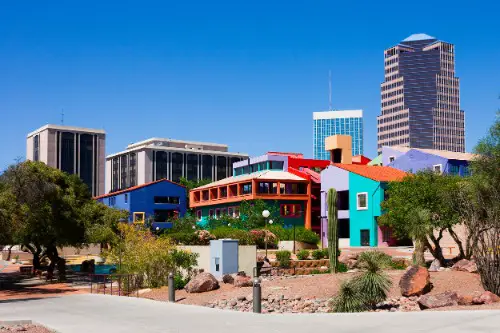
In 2015, Tucson became the first U.S. city named a UNESCO City of Gastronomy, Rona Berg from Forbes shares. That’s largely thanks to its deep agricultural history, where Native American and Mexican culinary traditions blend beautifully. The city celebrates its food roots with heirloom grains, mesquite-flour tortillas, and chiltepin chiles—some of which are unique to the Sonoran Desert. El Charro Café, one of the oldest family-run Mexican restaurants in the country, still draws locals and visitors alike.
Tucson chefs are reclaiming and reinventing indigenous ingredients, bringing ancient traditions into modern kitchens. Places like Tumerico and The Little One serve up plant-forward fare with a strong regional identity. Even its taco trucks are next level, offering complex flavors in casual formats. Tucson’s food scene is more than trendy—it’s deeply tied to land, history, and culture.
4. Asheville, North Carolina
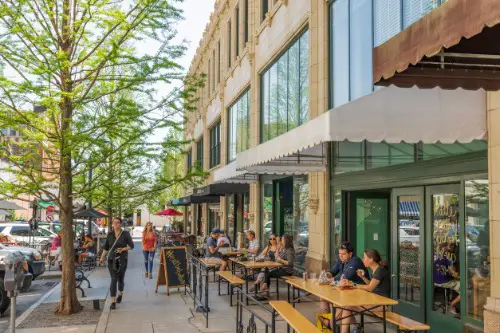
Nestled in the Blue Ridge Mountains, Asheville punches way above its weight when it comes to food, according to Shannon Sims from The Washington Post. It’s known for its hyper-local, farm-to-table ethos, with standouts like Cúrate bringing Spanish tapas to the Appalachians. The city’s microbrewery scene is nationally renowned, helping it earn the nickname “Beer City USA.” Chefs here take cues from both Southern traditions and global influences, creating something that feels both rooted and adventurous.
Over the last decade, Asheville has become a magnet for culinary talent looking to escape the hustle of bigger cities. Its weekly tailgate markets are packed with seasonal produce, meats, and cheeses from nearby farms. Plus, you can find everything from Korean fried chicken to heirloom grits—all with mountain views. It’s a foodie haven that still feels like a well-kept secret.
5. Greenville, South Carolina
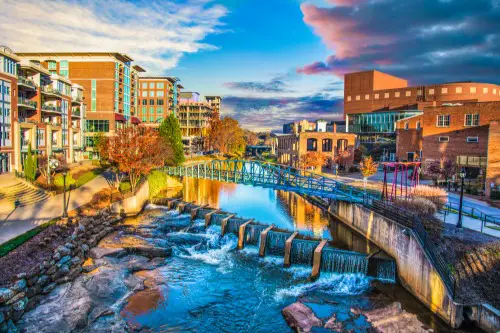
Greenville has evolved from a textile town into a vibrant food city with serious Southern charm, according to Gentry Hale from Business Insider. The revitalized downtown is dotted with chef-owned restaurants like Husk and Jianna, which give Southern staples a creative twist. There’s a strong focus on seasonal ingredients and Lowcountry traditions, often with an Italian or French flourish. Greenville’s food scene is intimate, walkable, and full of surprises.
What makes Greenville pop is how it blends comfort and innovation. It’s not trying to be flashy—it just consistently delivers thoughtful, delicious food. Annual food events like euphoria Greenville bring national attention, drawing chefs and food lovers from across the country. It’s the kind of place where you stumble on a great biscuit spot and end up having a three-hour brunch.
6. Omaha, Nebraska
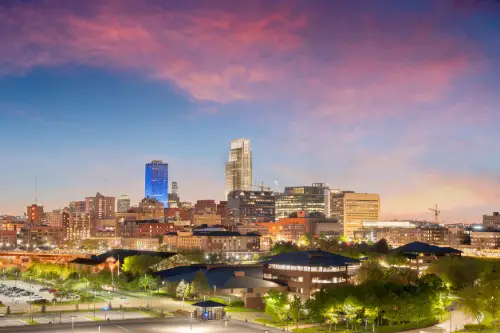
Omaha might be better known for steaks, but it’s carving out a new culinary identity that goes way beyond beef. The city’s diverse immigrant communities—particularly Mexican, Sudanese, and Vietnamese—are contributing to a dynamic food scene. Restaurants like Yoshitomo are elevating sushi in the Midwest, and The Boiler Room is a mainstay for seasonal fine dining. There’s even a thriving food truck and craft cocktail culture taking shape.
In Omaha, the food feels personal and community-driven. Chefs are using local farms and producers in new ways, and there’s a genuine pride in making great food approachable. With its affordability and support for small businesses, the city has become a launchpad for up-and-coming chefs. It’s not trying to be the next Portland—it’s just being the best Omaha it can be.
7. Sacramento, California
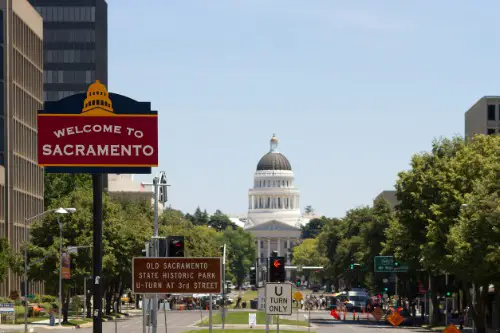
Long overlooked next to its flashy Bay Area neighbor, Sacramento is finally getting credit as a farm-to-fork capital. It sits in the heart of one of the richest agricultural regions in the country, and local chefs have taken full advantage. You’ll see menus that change daily based on what’s available—places like Canon and The Waterboy make seasonal eating exciting. Even the airport serves food from local farms and producers.
What sets Sacramento apart is how ingrained local sourcing is in the culture—it’s not a gimmick, it’s just how things are done. The city also hosts America’s Farm-to-Fork Festival each fall, drawing thousands. It’s got a relaxed, low-key vibe that lets the food shine without pretension. If you care about where your food comes from, this is your place.
8. Boise, Idaho
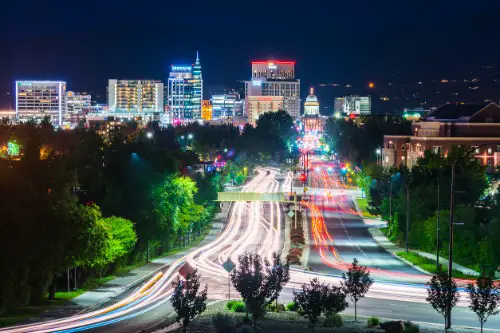
Boise isn’t the first place most people think of for a foodie trip, but maybe it should be. The city is growing fast, and so is its culinary ambition. Basque culture has long influenced local food (thanks to one of the largest Basque communities in the U.S.), and that heritage is alive in places like The Basque Market. But now there’s also inventive New American, craft beer, and killer brunch spots cropping up everywhere.
What makes Boise fun is the balance of tradition and experimentation. You can grab pintxos and sangria in one block, then head to a hyper-local food truck the next. Restaurants like Kin and Fork are bringing national attention to the city’s dining scene. Boise is young, energetic, and still feels like it’s just getting started.
9. Minneapolis, Minnesota
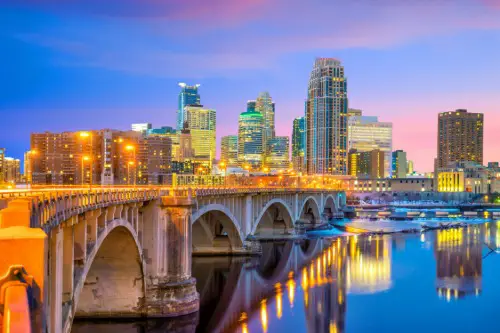
Minneapolis has always had a strong food culture, but it’s recently taken a global turn that’s pushing it into new territory. Immigrant communities from Somalia, Laos, and Ethiopia have brought rich culinary traditions that now sit alongside classic Midwest comfort food. Restaurants like Owamni—focused on Indigenous ingredients—are breaking boundaries and making headlines. Even winter doesn’t stop the scene; the city has embraced cozy, hearty, deeply satisfying fare that fits the climate.
What’s special here is the blend of innovation and heart. Chefs are telling stories through food, connecting culture and community in meaningful ways. Farmer’s markets and food co-ops thrive, and diners genuinely care about sustainability. Minneapolis is growing into a food city that feeds both the stomach and the soul.
10. Durham, North Carolina

Durham’s food scene is rooted in Southern flavors but isn’t afraid to mix things up. The city is full of award-winning spots like Mateo and M Sushi, each offering a distinct point of view. There’s a vibrant community of Black chefs and restaurateurs making waves with soul food, Afro-Caribbean, and fusion cuisines. The city’s compact downtown makes it easy to hop from barbecue to bao in a single afternoon.
Durham’s not just a college town anymore—it’s a culinary destination. Food trucks, breweries, and community gardens all add to the texture of the scene. There’s a collaborative spirit among chefs that helps everyone thrive. It’s the kind of place where a food tour feels like a cultural experience.
11. Salt Lake City, Utah
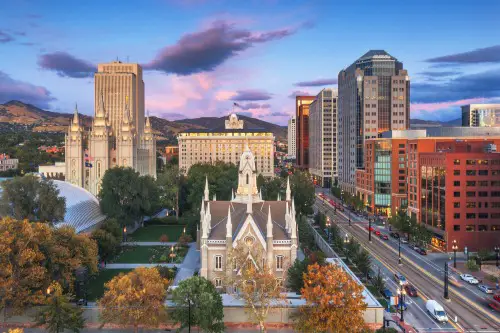
Salt Lake City has quietly cultivated a food culture that surprises first-timers. It’s not just fry sauce and funeral potatoes anymore—there’s creative, global food happening here. From Vietnamese pho to Scandinavian bakeries, the offerings are as diverse as the city itself is becoming. Spots like Handle and Table X are gaining serious national attention.
The city’s natural beauty inspires a kind of thoughtful, clean cooking that emphasizes quality ingredients. It also helps that there’s a strong outdoors culture—people here care about wellness, sustainability, and fueling up right. The local coffee and cocktail scenes are also blossoming, proving that SLC isn’t as buttoned-up as people might assume. It’s an underdog food city with serious flavor.
12. San Antonio, Texas
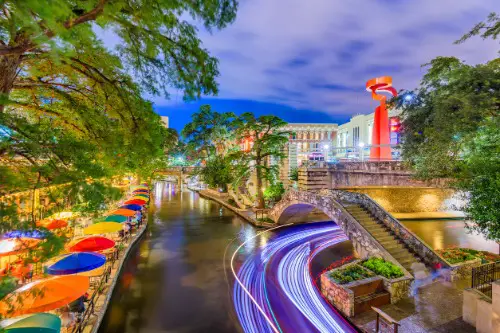
San Antonio is where heritage and innovation meet in the tastiest way possible. Mexican and Tejano culinary traditions run deep here, but chefs are also riffing on those roots in exciting ways. Restaurants like Mixtli and Cured are pushing boundaries while honoring the city’s history. Plus, UNESCO named San Antonio a City of Gastronomy in 2017, highlighting its deep food legacy.
It’s a city that’s always been about food, but now it’s finally getting the spotlight it deserves. The Pearl district has become a culinary hub, full of tasting rooms, bakeries, and chef-driven spots. San Antonio’s food is soulful, layered, and proudly its own. If you want to eat your way through history and the future in one place, this is it.


